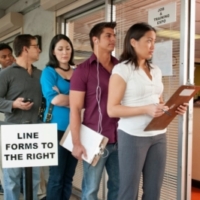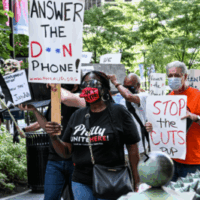Summary
On June 18, 2020, Michele Evermore testified before the U.S. House of Representatives, Committee on Oversight and Government Reform, Select Subcommittee on the Coronavirus Crisis on improving the unemployment insurance system during the COVID-19 pandemic. We must continue to work together to fill the gaps in unemployment insurance coverage, increase equity, and maintain benefits for those who are already eligible, until the economy sufficiently improves.
Related to
Related Resources
All resourcesCase Study: How Virginia Worker Advocates Advanced Unemployment Insurance Reform in a Divided State Government

Policy & Data Brief
Letter on Making Reforms to Virginia’s Unemployment Insurance System

Comments & Letters
Letter on Rescinding Funds for Improving Unemployment Insurance Systems

Comments & Letters

